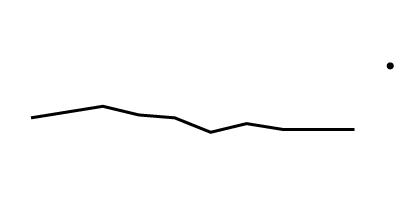Health Status
The content on this page was last updated in June 2023. More recent estimates and visualizations may be available from the NCHS Data Query System.
Health status is a measure of how people perceive their health—rating it as excellent, very good, good, fair, or poor. Reported health status is a predictor of important health outcomes including mortality, morbidity, and functional status (1–4). It is considered a good global assessment of a person’s well-being (4).
Key Findings

The percentage of people reporting fair or poor health status decreased from 9.4% in 2009 to 9.0% in 2018. In 2019, 11.2% of people reported fair or poor health status. See Featured Charts for additional analysis and Notes for more information about analyzing trends using NHIS data.
SOURCE: National Center for Health Statistics, National Health Interview Survey. See Sources and Definitions, National Health Interview Survey (NHIS) and Health, United States, 2020–2021 Table HStat.
Fair or poor health status increases with age.

0.0 Quantity more than zero but less than 0.05.
NOTES: APC is annual percent change. “Stable” refers to no statistically significant trend during the period.
SOURCE: National Center for Health Statistics, National Health Interview Survey. See Sources and Definitions, National Health Interview Survey (NHIS) and Health, United States, 2020–2021 Table HStat.
- Among children under age 18 years, the percentage who reported fair or poor health status decreased from 2009 to 2018.
- For adults aged 18–44, the percentage who reported fair or poor health status was stable throughout the period.
- For adults aged 45–54, the percentage who reported fair or poor health status increased from 2009 to 2011 and then decreased through 2018.
- For adults aged 55–64, the percentage who reported fair or poor health status decreased over the period.
- Among those aged 65 and over, the percentage who reported fair or poor health status decreased from 2009 to 2015 and then remained stable through 2018.
- In 2019, the percentage of people who reported fair or poor health status increased with age. The percentage of people who reported fair or poor health status was highest among adults aged 65 and over (25.1%), followed by adults aged 55–64 (21.7%), 45–54 (15.3%), 18–44 (8.4%), and children under age 18 years (2.7%).
People living below 100% of the federal poverty level (FPL) were more likely to report fair or poor health status compared with people living at higher income levels in 2019.

NOTES: “Stable” refers to no statistically significant trend during the period. APC is annual percent change.
SOURCE: National Center for Health Statistics, National Health Interview Survey. See Sources and Definitions, National Health Interview Survey (NHIS) and Health, United States, 2020–2021 Table HStat.
- From 2009 to 2018, the age-adjusted percentage of people with fair or poor health status did not change significantly over the period for the first three poverty levels. For those living at 400% or more above FPL, the percentage decreased from 2009 to 2014 and then did not change significantly through 2018.
- In 2019, the percentage of people reporting fair or poor health status increased as family income decreased. Fair or poor health status was highest for those living below FPL (24.6%, age adjusted), and lowest for those living at 400% or more above FPL (5.3%, age adjusted).
- Health status: Measured by asking the respondent about their health or the health of a family member: “Would you say [your/their] health in general is excellent, very good, good, fair, or poor?” See Sources and Definitions, Health status.
- Poverty level: Based on family income, size, and composition using U.S. Census Bureau poverty thresholds. Missing family income data are imputed. See Sources and Definitions, Family income; Poverty.
- Dowd JB, Zajacova A. Does the predictive power of self-rated health for subsequent mortality risk vary by socioeconomic status in the US? Int J Epidemiol 36(6):1214–21. 2007.
- Idler EL, Benyamini Y. Self-rated health and mortality: A review of twenty-seven community studies. J Health Soc Behav 38(1):21–37. 1997.
- Latham K, Peek CW. Self-rated health and morbidity onset among late midlife U.S. adults. J Gerontol B Psychol Sci Soc Sci 68(1):107–16. 2013.
- World Health Organization. International classification of functioning, disability, and health (ICF) 2001. Available from: https://www.who.int/classifications/icf/en/.
